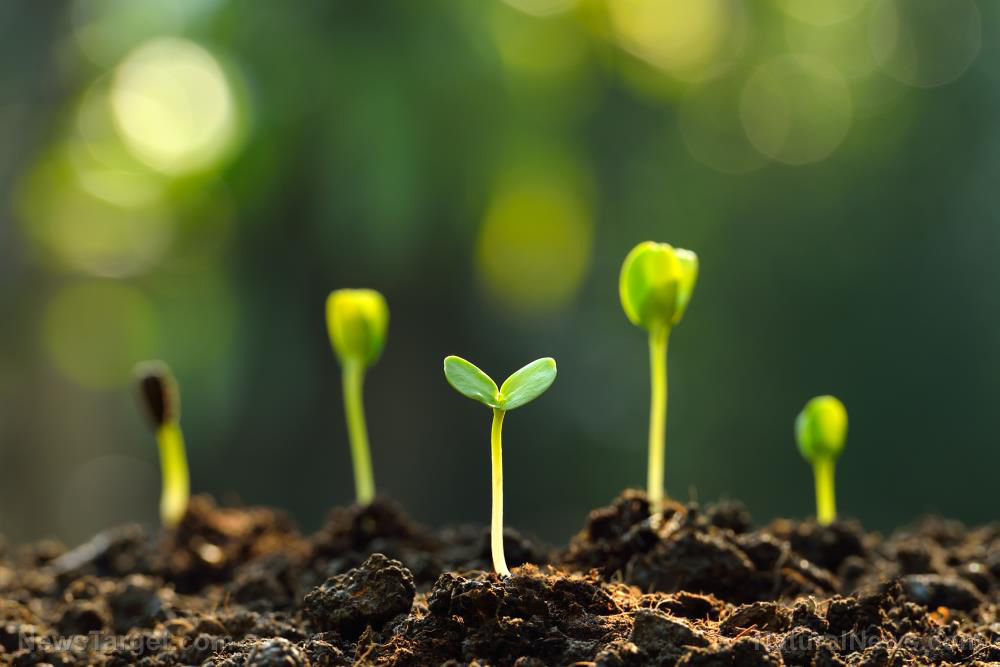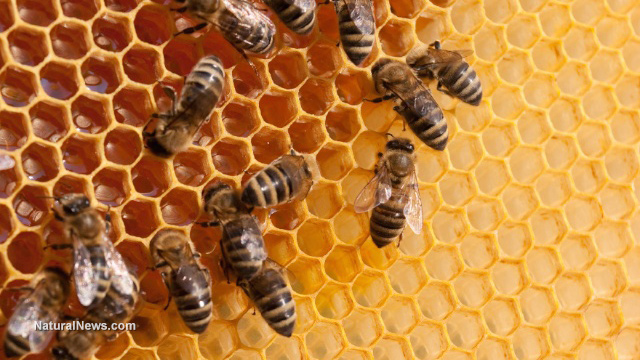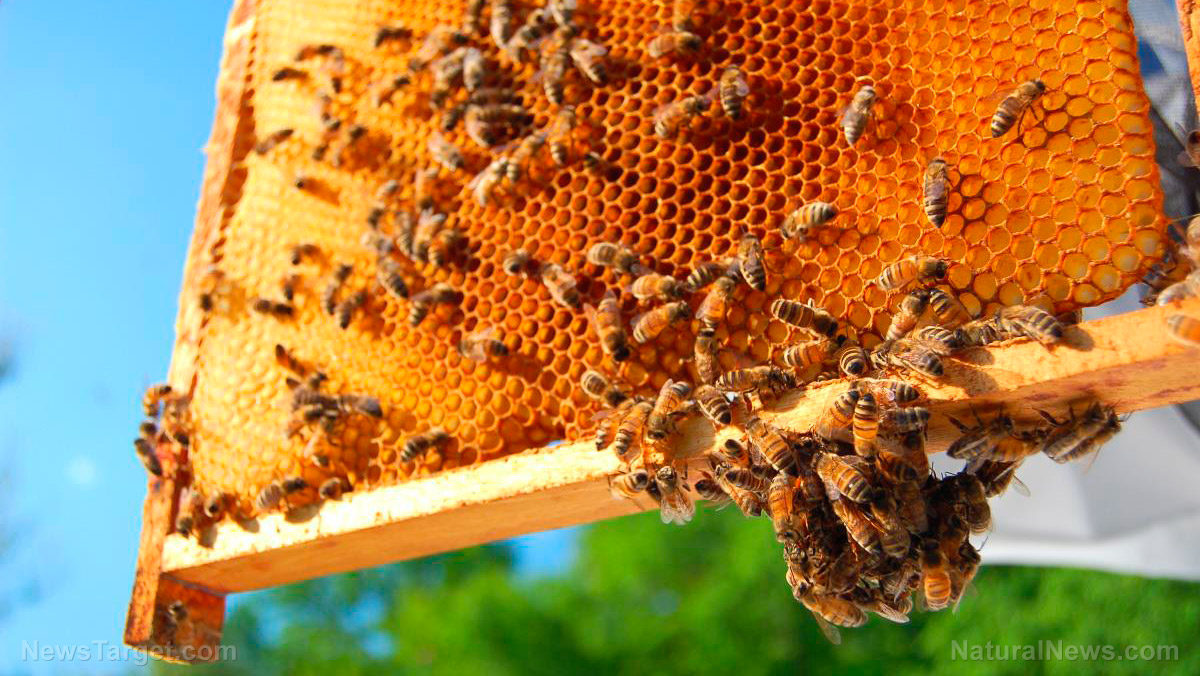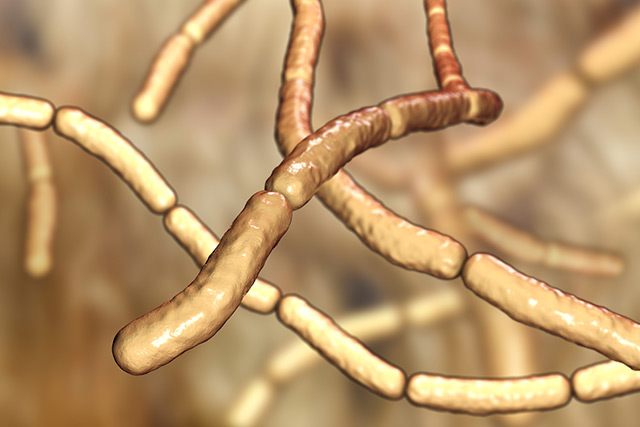Chemicals causing malaria outbreaks across Africa as mosquitoes grow increasingly resistant to insecticides
12/14/2017 / By Tracey Watson

Though it might seem like a rare, foreign disease to many Americans, nearly half of the entire world’s population is at risk of contracting malaria, a serious and sometimes fatal parasitic disease spread by Anopheles mosquitoes. Symptoms vary, and can include less acute conditions like fever, nausea, vomiting and general weakness, or serious, life-threatening symptoms like kidney failure, seizures and cardiovascular collapse.
The World Health Organization (WHO) reports that over 212 million people were diagnosed with the disease in 2015, and for 429,000 of them, the disease proved to be fatal.
In contrast, the whole world went crazy about the Zika virus, which is also transmitted by mosquitoes, but deaths from this illness are rare, and only one-in-five infected people even exhibits symptoms.
Experts claim to have reduced the incidences of malaria by 29 percent since 2010, through a combination of prevention and control measures, mostly centered around the use of insecticides and insecticide-infused mosquito nets. However, a new study by researchers from the Wellcome Trust Sanger Institute, which was the largest genetic study of mosquitoes ever undertaken, has revealed that mosquitoes across Africa – the most affected continent – are rapidly developing insecticide resistant genes. This resistance is severely hampering efforts to curb the disease. (Related: Stay updated at Outbreak.news.)
The study, which was published in the journal Nature, also determined that wild mosquitoes are far more genetically diverse than scientists had previously believed. In fact, when the researchers sequenced the DNA of 765 wild Anopheles mosquitoes from locations across eight different African countries, they found 52 million differences between the different mosquito genomes!
“The diversity of mosquito genomes was far greater than we expected,” said co-author, Dr. Mara Lawniczak. “Such high levels of genetic variation poise mosquito populations to rapidly evolve in response to our efforts to control them whether that be with insecticides or any other control measure, including gene drive.”
Gene drive involves creating the targeted genetic extinction of specific species.
Cutting-edge gene editing tools such as Crispr-Cas9 work by using a synthetic ribonucleic acid (RNA) to cut into DNA strands and then insert, alter or remove targeted traits. These might, for example, distort the sex-ratio of mosquitoes to effectively wipe out malarial populations.
The use of this technology is controversial, however, with many experts gravely concerned about the effects of such human interference on different eco systems.
One UN expert told The Guardian, “You may be able to remove viruses or the entire mosquito population, but that may also have downstream ecological effects on species that depend on them.”
“My main worry,” he added, “is that we do something irreversible to the environment, despite our good intentions, before we fully appreciate the way that this technology will work.”
And this latest research by the Wellcome Trust Sanger Institute indicates that it would be futile to try to use gene drive technology to eradicate malaria mosquitoes, anyway, since it requires an exact match with a targeted gene – there can be no variations. With millions of small differences between genomes, it would be pointless to try to get rid of malaria in this way.
This doesn’t mean, however, that there is no hope for malaria victims. While the “experts” have desperately tried to eradicate the mosquitoes carrying the disease, they have completely overlooked the fact that there is a natural treatment for the disease that is inexpensive, readily available, and which has a 100 percent cure rate.
Natural News previously reported on this treatment:
A study published in the journal Phytomedicine describes the Artemisia annua plant, commonly known as sweet wormwood or sweet annie, saved the lives of 18 patients with drug-resistant malaria, even after nothing else worked.
The Congolese patients, aged between 14 months and 60 years, were exhibiting symptoms ranging from loss of consciousness to trouble breathing and convulsions, among others. When they failed to respond to intravenous treatment with an ACT, their doctors decided to try the dried leaves of the Artemisia annua plant as a last resort. After only five days of the treatment, all 18 patients were fully recovered, and blood tests revealed that absolutely no parasites remained in their blood.
Sources include:
Tagged Under:




















